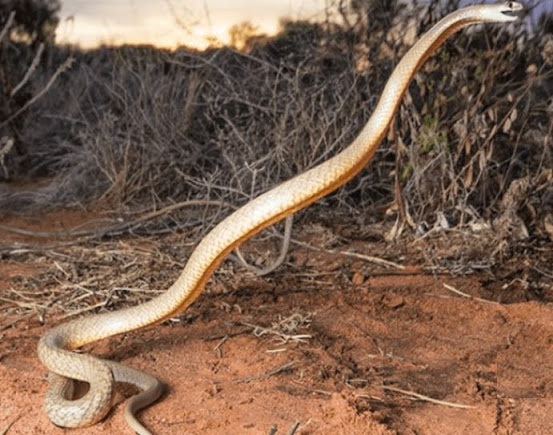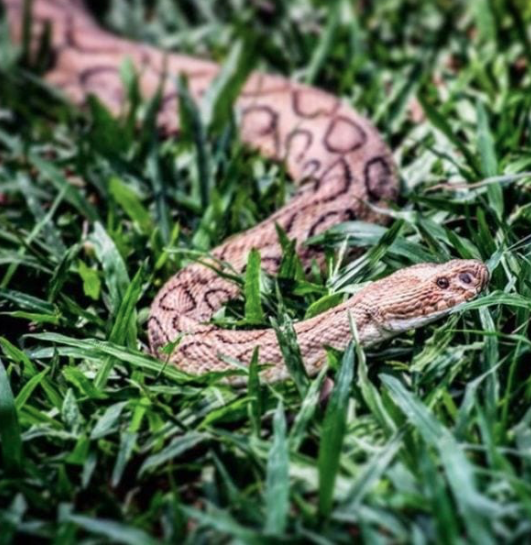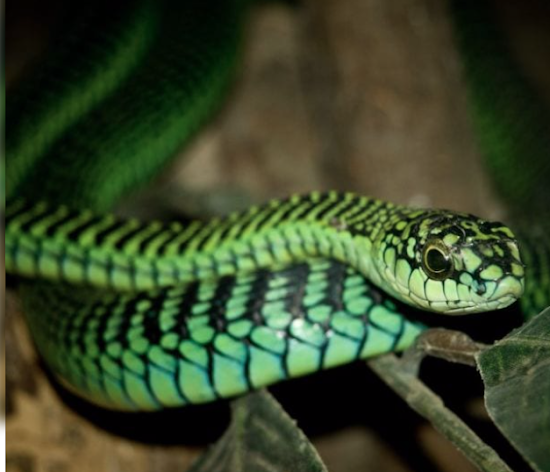World's Most Venomous Snakes
Of the 3,500 snake species, there are around 600 venomous snake species in the world. This is an overview of the snakes that pose a significant health risk to humans, through snakebites or other physical trauma.
The varieties of snakes that most often cause serious snakebites depend on the region of the world. In Africa, the most dangerous species include black mambas, puff adders, and carpet vipers. In the Middle East the species of greatest concern are carpet vipers and elapids; in Central and South America, Bothrops (including the terciopelo or fer-de-lance) and Crotalus (rattlesnakes) are of greatest concern. In South Asia, it has historically been believed that Indian cobras, common kraits, Russell's viper and carpet vipers were the most dangerous species; however other snakes may also cause significant problems in this area of the world.
 |
Belcher's Sea Snake
|
 |
Western Green Mamba
|
 |
Saw-Scaled Viper
|
 |
Faint-Banded Sea Snake
|
 |
Collett's Snake
|
 |
Eastern Green Mamba
|
 |
Puff Adder
|
 |
Western Diamondback Rattlesnake
|
 |
Western Brown Snake
|
 |
Blue Krait
|
 |
Russell's Viper
|
 |
Forest Cobra
|
 |
Death Adder
|
 |
Chinese Cobra
|
 |
Indian Cobra
|
 |
Boomslang
|
 |
Green Jararaca
|
 |
Philippine Cobra
|
 |
Sea Snake
|
 |
Dubois' Sea Snake
|
 |
Coastal Taipan
|
 |
Monocled Cobra
|
 |
Eyelash Viper
|
 |
Egyptian Cobra
|
 |
Eastern Brown Snake
|
 |
Tiger Snake
|
 |
Red-Bellied Black Snake
|
 |
Bothrops Asper
|
 |
Black-Necked Spitting Cobra
|
 |
King Cobra
|
 |
Blue Malayan Coral Snake
|
 |
Common Lance Head
|
 |
Many-Banded Krait
|
 |
Inland Taipan
The Big Four are the four venomous snake species responsible for causing the most snake bite cases in South Asia (mostly in India). The Big Four snakes cause far more snakebites because they are much more abundant in highly populated areas. They are the Indian cobra (Naja naja), common krait (Bungarus caeruleus), Russell's viper (Daboia russelii) and the Saw-scaled viper (Echis carinatus). #FB00140 |





































